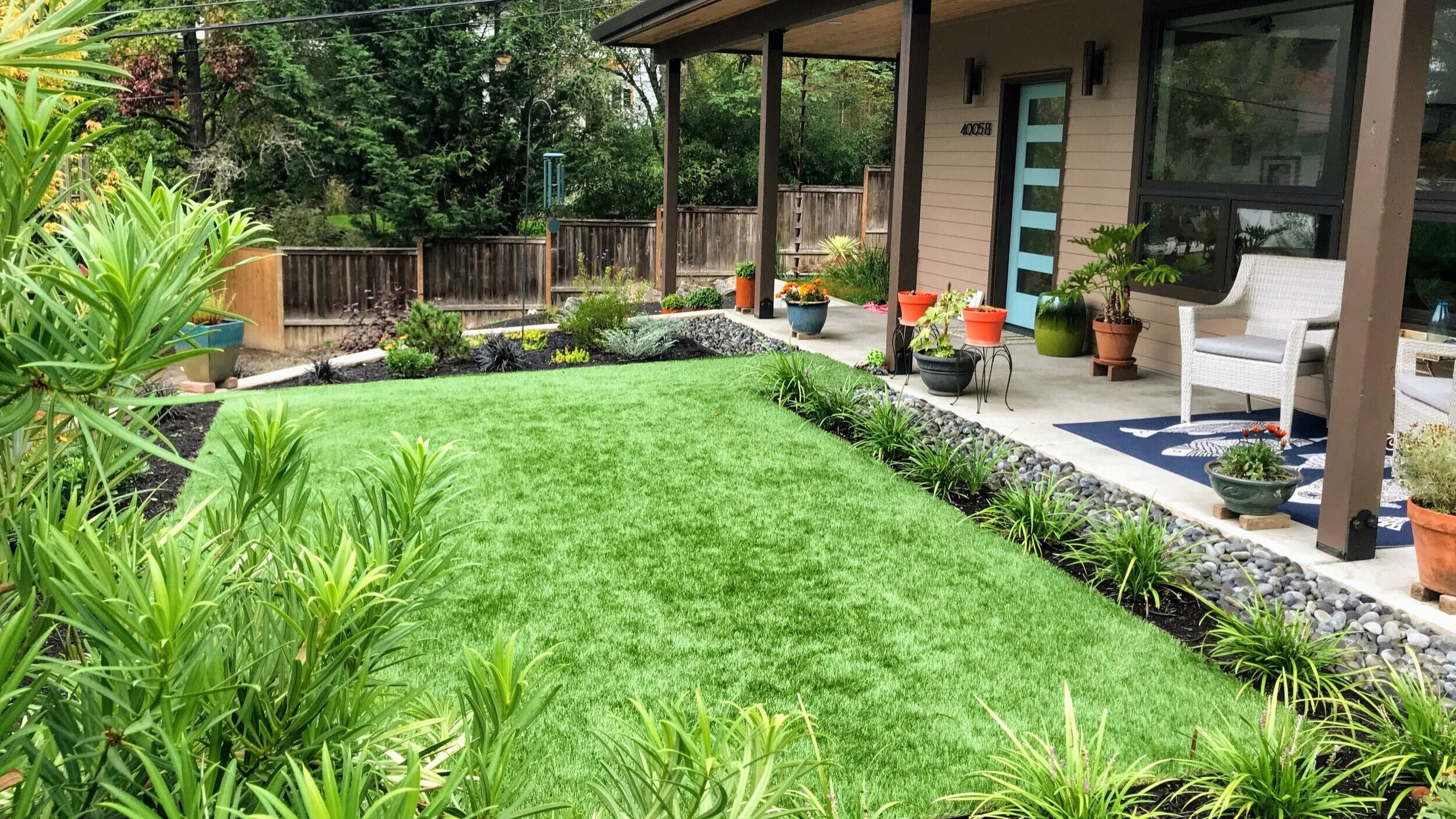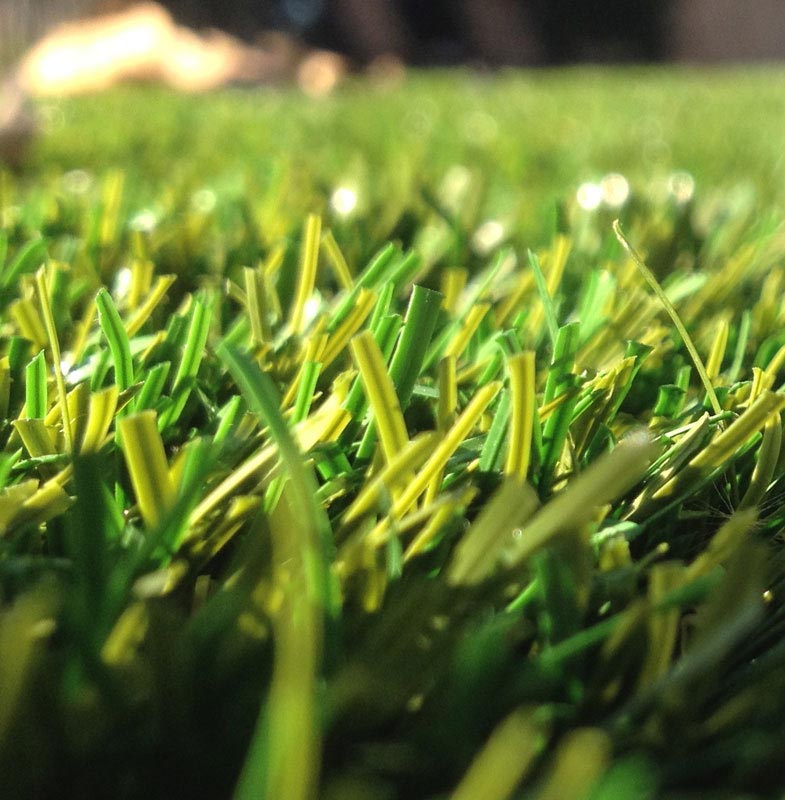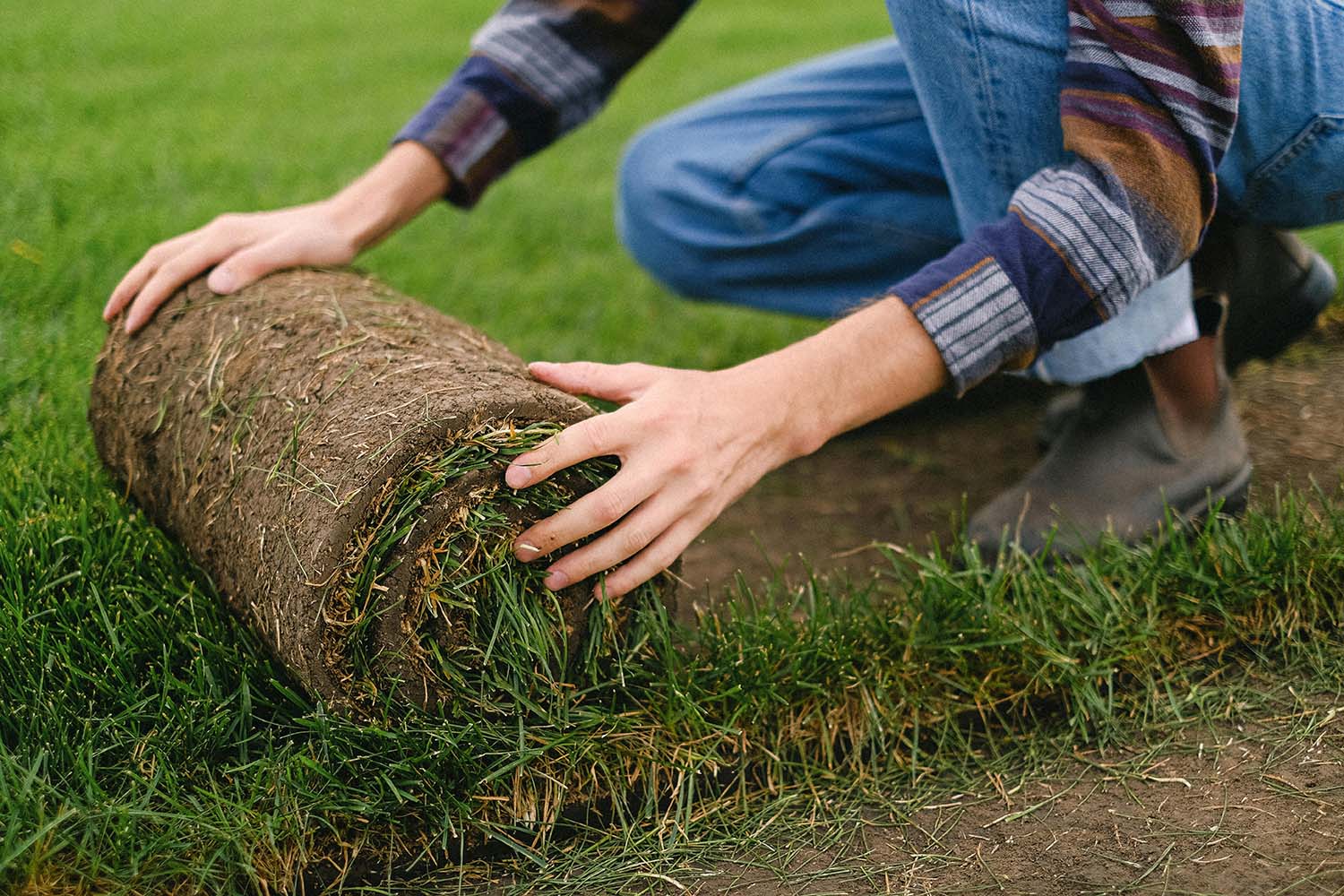Get the Best Turf Installation Phoenix AZ Services for Your House or Commercial Property
Get the Best Turf Installation Phoenix AZ Services for Your House or Commercial Property
Blog Article
Look Into the Environmental Conveniences of Opting for Synthetic Grass Solutions
The adoption of synthetic turf options offers an engaging possibility to attend to pressing environmental obstacles. By substantially decreasing water usage and decreasing the application of unsafe chemicals, these alternatives not just advertise sustainable landscape design yet additionally shield neighborhood ecosystems. The reduced carbon impact associated with lowered maintenance tasks adds to a much more lasting technique to land management. The implications of these benefits expand beyond plain preservation initiatives, raising inquiries about their long-term influence on habitat conservation and overall ecological equilibrium. Exploring these measurements reveals a complex interplay worth thinking about.
Water Preservation Advantages
One of the most considerable advantages of man-made lawn is its capability to save water. In contrast, man-made grass does not need watering, considerably minimizing the general demand for water sources.
By getting rid of the need for routine watering, synthetic grass adds to sustainable landscape techniques and aids reduce the ecological influence of extreme water consumption. The preservation of water extends to the reduction of drainage, which can lead to soil erosion and waterway contamination.
Additionally, the installation of synthetic grass permits house owners and towns to allot water resources a lot more successfully, concentrating on important uses such as drinking water and farming. The change towards artificial lawn not just advertises liable water usage however additionally straightens with more comprehensive environmental goals aimed at protecting natural deposits.
As areas increasingly prioritize sustainability, the water preservation benefits of synthetic grass offer an engaging instance for its fostering in residential and commercial landscape design tasks.
Lowered Chemical Usage
The change to man-made grass considerably decreases the dependence on chemical treatments typically made use of in natural lawn upkeep. Standard grass administration commonly entails the application of fertilizers, pesticides, and herbicides to advertise development and control pests. These chemicals can posture risks to human health and wellness, local wild animals, and the atmosphere, adding to soil and water contamination.
On the other hand, artificial lawn removes the demand for these damaging substances. Once set up, it needs minimal upkeep, largely containing regular cleaning and infrequent infill replenishment. This decrease in chemical usage not just profits the prompt environment but additionally adds to wider environmental security. By minimizing the release of artificial compounds right into the ecological community, fabricated grass advertises much healthier dirt and water supply.
In addition, the absence of chemical runoff related to synthetic grass installations aids shield neighborhood waterways from contamination, sustaining aquatic life and preserving biodiversity. Artificial turf companies phoenix. As communities increasingly focus on lasting practices, choosing for synthetic grass provides a feasible service that aligns with environmental preservation goals. Through this change, residential property proprietors can enjoy lavish environment-friendly spaces without endangering environmental health and wellness, leading the way for a much more sustainable future
Reduced Carbon Footprint

Additionally, the installation of synthetic grass can cause considerable water preservation. Natural yards need considerable quantities of water for watering, which not only includes to the carbon footprint connected with water extraction and therapy but likewise strains neighborhood water sources. On the other hand, artificial grass requires marginal maintenance, calling for no watering, thereby significantly decreasing water use and its linked power expenses.
Furthermore, the longevity of artificial turf adds to its lower carbon effect. With a life-span of up to 15 years or even more, the demand for regular substitutes is decreased, causing much less waste and reduced energy intake in manufacturing and dealing with standard turf choices. Overall, artificial grass presents a sustainable choice for ecologically aware landscape design.
Habitat Conservation
Habitat conservation is a critical consideration in the dispute over landscaping options, particularly when contrasting man-made grass to natural grass. Natural turf yards often need extensive maintenance, consisting of making use of fertilizers, chemicals, and herbicides, which can negatively impact neighborhood ecosystems. These chemicals can seep right into the dirt and waterways, hurting native flora and fauna hop over to these guys and interrupting regional environments.
Synthetic turf removes the requirement for dangerous chemicals, therefore securing close-by wildlife and keeping the integrity of surrounding ecological communities. The installation of fabricated lawn can lead to the conversion of previous turf areas into more biodiverse landscapes, such as pollinator gardens or native plant areas, which can sustain local wildlife.
Ultimately, the change to man-made turf not only conserves water and lowers upkeep initiatives however additionally cultivates an extra unified partnership in between human tasks and the natural surroundings, advertising habitat preservation while doing so.
Long-Term Sustainability
Lasting sustainability is a crucial consider examining the advantages of synthetic grass over traditional yard lawns. One of one of the most substantial benefits of synthetic grass is its durability; it can last up to 15-20 years with marginal maintenance, whereas all-natural grass requires constant reseeding and replacement. This long life minimizes the need for constant resources, such as water, plant foods, and pesticides, which are additional reading important for maintaining a healthy and balanced grass yard.
Additionally, fabricated grass adds to a reduction in carbon exhausts connected with lawn care tools. Conventional lawns usually need gas-powered lawn mowers, trimmers, and blowers, every one of which add to air pollution. Arizona artificial turf. On the other hand, synthetic grass gets rid of the demand for such devices, promoting a cleaner setting
Additionally, the manufacturing of synthetic grass increasingly makes use of recycled products, enhancing its sustainability account. As producers embrace green practices, the ecological footprint of fabricated turf continues to diminish.

Conclusion
The adoption of synthetic grass remedies offers significant environmental advantages, including considerable water conservation, decreased dependence on hazardous chemicals, and a reduced carbon impact. Fabricated grass aids in protecting natural habitats by reducing land disturbance and advertising long-lasting sustainability with the usage of long lasting materials. Collectively, these factors emphasize the possibility of fabricated grass to contribute favorably to ecological health and wellness and provide a practical alternative to typical landscaping methods in an increasingly resource-conscious globe.
In comparison, fabricated grass does not need watering, substantially decreasing the total demand for water sources. By lessening the release of synthetic compounds right into the environment, artificial lawn advertises much healthier dirt and water systems.
In addition, the installment of artificial grass can result in substantial water preservation. In contrast, artificial grass needs marginal upkeep, requiring no watering, therefore considerably lowering water use and its connected power costs.

Report this page